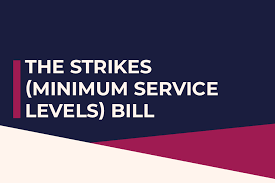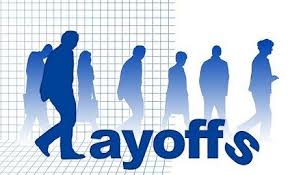Employment Discrimination Law Resources under Employment Law
Employment Discrimination Law Resources
1. Concept of Employment Discrimination
Employment discrimination occurs when an employer treats an employee or job applicant unfairly because of protected characteristics such as race, gender, religion, disability, age, or national origin. Employment law provides a set of statutory and common law resources to ensure equality in the workplace.
2. Sources / Resources of Employment Discrimination Law
(a) Statutory Resources
Civil Rights Acts: These prohibit discrimination in hiring, promotion, compensation, and termination based on race, color, religion, sex, or national origin.
Equal Pay Laws: Ensure equal pay for equal work regardless of gender.
Age Discrimination Laws: Protect workers over a certain age (commonly 40+) from unfair treatment.
Disability Protection Laws: Require reasonable accommodations for disabled employees unless it causes undue hardship to the employer.
Sexual Harassment Regulations: Recognize harassment as a form of workplace discrimination.
(b) Administrative Resources
Equal Employment Opportunity Commissions (EEOC) or equivalent bodies in different jurisdictions investigate discrimination claims and enforce statutory protections.
Labor Departments / Industrial Tribunals provide grievance redressal mechanisms for employees who face discrimination.
(c) Judicial Resources
Courts play a central role in interpreting anti-discrimination statutes and developing common law principles.
Judicial precedents have shaped the understanding of direct discrimination, indirect discrimination, disparate treatment, and disparate impact.
3. Types of Discrimination Recognized
Direct Discrimination – Unequal treatment based explicitly on a protected characteristic.
Indirect Discrimination – A workplace policy or rule that appears neutral but disproportionately impacts a protected group.
Harassment & Hostile Work Environment – Conduct that creates an intimidating or offensive workplace.
Retaliation – Punishing an employee for filing or supporting a discrimination claim.
4. Case Law Illustrations
(a) Griggs v. Duke Power Co. (1971)
The employer required a high school diploma and intelligence test for job advancement. Though neutral on its face, the requirement disproportionately excluded African American employees.
Principle: Established the concept of disparate impact discrimination—employment practices that are neutral in form but discriminatory in effect are unlawful unless justified by business necessity.
(b) McDonnell Douglas Corp. v. Green (1973)
An African American employee alleged racial discrimination after not being rehired. The court laid down the burden-shifting framework:
Employee must establish a prima facie case of discrimination.
Employer must provide a legitimate, non-discriminatory reason.
Employee may then show this reason is pretextual.
Principle: Created the foundation for proving discrimination through circumstantial evidence.
(c) Meritor Savings Bank v. Vinson (1986)
A female employee claimed she was subjected to sexual harassment. The Court held that sexual harassment that creates a hostile work environment is a form of sex discrimination.
Principle: Recognized sexual harassment as a violation of employment discrimination law.
(d) Price Waterhouse v. Hopkins (1989)
A female employee was denied partnership partly due to not behaving in a "feminine" manner.
Principle: Established that gender stereotyping constitutes sex discrimination.
(e) Faragher v. City of Boca Raton (1998)
A female lifeguard alleged harassment by supervisors. The Court held employers can be held liable for supervisors’ harassment unless they can prove reasonable care to prevent and correct it.
Principle: Clarified employer liability in harassment cases.
5. Practical Importance of Resources
Protects employees from unfair treatment.
Encourages diversity and inclusion in the workplace.
Provides grievance redressal forums (EEOC, tribunals, courts).
Guides employers to create anti-discrimination policies, training, and compliance programs.
6. Conclusion
Employment discrimination law resources—statutes, administrative bodies, and judicial precedents—form the backbone of workplace equality. Courts through landmark cases like Griggs, McDonnell Douglas, and Meritor Savings have expanded the interpretation of discrimination, ensuring that both direct and indirect forms are prohibited. These resources not only protect employees but also ensure fair business practices in employment relations.









0 comments